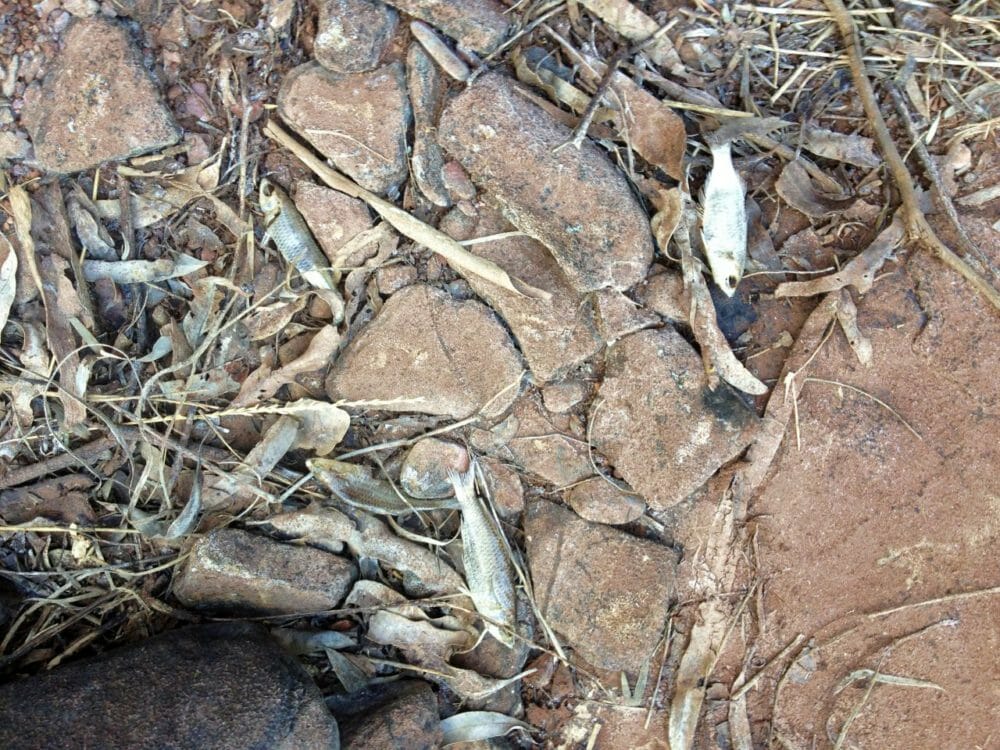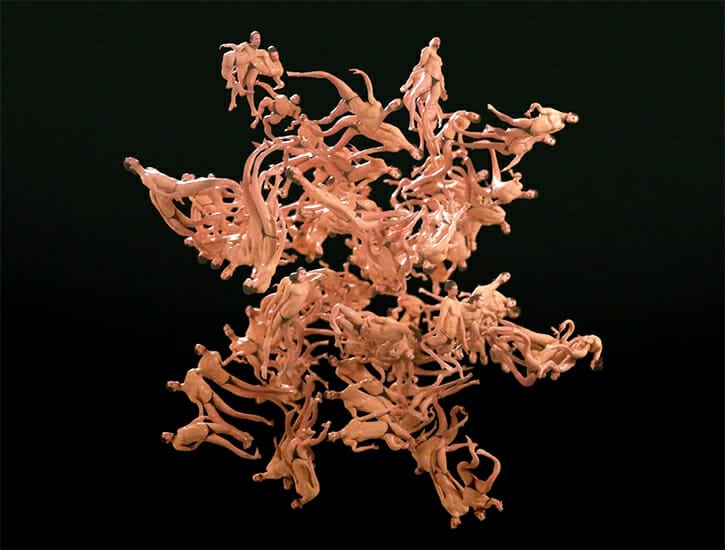
Part 4
By JUNKO YOSHIDA, Rafu Staff Writer
“I finally found him!” Kanako Yamaguchi, Sakichi Yanagisawa’s great-great-granddaughter, recalls her shock when she found photos of Sakichi.
“I almost had given up hope of finding photos,” she said.
In Kanako’s eyes, Sakichi had a gentle demeanor. And she saw for the first time that Sakichi’s daughter, Yone, was beautiful.
Yone Yanagisawa was the first Japanese woman to graduate from the University of California (now UC Berkeley).
According to her koseki, resume, and other documents discovered this time, Yone was born in Tokyo, on June 22, 1873.
A Nichibei Shinbuninterview article dated June 24, 1934 explained that her mother Nami was pregnant with Yone in the U.S., returned to Japan to give birth, and came to the U.S. again shortly thereafter.
She was given the name Yone (the kanji 米 means America) because her mother Nami became pregnant in the U.S. and she grew up in the U.S.
At the age of six, she and her mother were baptized at the Chinese Mission in San Francisco and were given the holy name Una.
At that time, Japanese were taking night classes in the basement of the mission, and Yone was sent to the home of the teacher to attend grammar school.
After entering elementary school in San Francisco in September 1882, she entered the primary department, equivalent to grammar school, at Pacific University, then located in San Jose, in September 1884.
After graduating from the Academic Department, equivalent to high school, at Pacific University in May 1893, she entered the English Department of Pacific University in September 1893 and remained there until May 1895.
In September of that year, she was admitted to the English Literature Department at UC Berkeley.
At that time, it was difficult for women to get higher education, especially for Asian women.

After the Meiji government officially allowed Japanese to travel abroad in 1884, mass immigration to California began in 1890, and with the influx of immigrants, the fear of competition from foreign labor led to a growing anti-Japanese sentiment.
In 1893, the San Francisco Board of Education adopted a resolution to deny Japanese students admission to public schools. The consul general in San Francisco, Sutemi Chinda, protested and had the resolution withdrawn.
Against such a backdrop, Yone became the first Japanese woman to be admitted to UC Berkeley.
The San Francisco Call’sJan 2, 1896 issue introduced her as a promising young woman.
In an interview with the paper, Yone said that she spent her childhood in Tokyo and her father, who was interested in doing business in the U.S., brought her to California 13 years earlier.
A letter written by Yone to the newspaper’s reporter was also published. Her English and intelligence were praised.
In the letter, Yone wrote about her happiness to be able to receive higher education in the U.S. She also mentioned that there were male English teachers but almost no female teachers, and that she would like to become an English teacher in Japan in the future.
According to the UC Berkeley office, Yone graduated with a Bachelor of Letters in Social Science on May 18, 1898. In September of that year, she entered San Francisco Medical School, then the medical school of the University of California, predecessor of today’s UC San Francisco (UCSF), and graduated on May 15, 1901.
She was licensed to practice medicine in California in August of that year.
The San Francisco Examineron July 13, 1902 ran a full-page article with photos and illustrations introducing Yone’s educational accomplishment.

A Pioneer and a Single Father
Sakichi had lost his wife and children one after another, and Yone was probably everything to him.
After Nami’s death, an article in the marriage section of a newspaper reported Sakichi’s marriage to a Japanese woman named Kaneko Oko on July 18, 1888, but the 1900 Census showed Sakichi was a widower.
A Rafu Shimpoarticle dated Jan 17, 1926 featured Issei pioneers in the U.S. It introduced Sakichi as the first Japanese owner of a Western restaurant and said that he opened the restaurant to help his daughter’s schoolwork.
Sakichi, who was a single father, must have sincerely wished for Yone to receive a good education in the U.S.
As the newspaper wrote that Yone always wore tailor-made dresses, I imagine that Sakichi was successful in business.
Taking after her father, who had gone through a lot of hardship, Yone also accomplished great things in response to his expectations.

End of California Dream
Although Yone obtained her medical license, she was not given the opportunity to work as a doctor in the U.S., where people of Japanese descent were being treated more and more harshly.
After graduation, she worked at her father’s restaurant.
Around this time, she married Yosaku Oya, a dentist in Oakland and San Francisco.
According to Yosaku’s passport, he was born in Ashikaga, Tochigi Prefecture and came to the U.S. on Sept. 5, 1894 at the age of 19 to pursue academic research.
In November 1902, Yone chose to return to Japan in response to growing anti-Japanese sentiment. Sakichi is believed to have returned to Japan at the same time.
This was a permanent return to Japan, and Sakichi’s California dream came to an end.
To Be Continued.
Go to Part 5: https://rafu.com/2022/01/wakamatsu-colony-the-ending-of-sakichis-journey/

Part 5 By JUNKO YOSHIDA, Rafu Staff Writer Sakichi Yanagisawa, formerly of the Wakamatsu Colony, returned to Japan in 1902 and…

Part 3 By JUNKO YOSHIDA, Rafu Staff Writer In past Japanese American historical documents, Nami is only mentioned as Sakichi Yanagisawa’s…

Part 2 By JUNKO YOSHIDA, Rafu Staff Writer According to Sakichi Yanagisawa’s family koseki, he was born on July 13, 1848.…
Previous:City of Torrance Appoints New Police Chief
Next:Voices of Optimism
 Tuna Canyon Coalition Standing Its Ground
Tuna Canyon Coalition Standing Its Ground
 Duolingo will now teach you how to play chess
Duolingo will now teach you how to play chess
 China unveils detailed steps to stimulate private sector · TechNode
China unveils detailed steps to stimulate private sector · TechNode
 Under the Australian Sun
Under the Australian Sun
 A Sign from the Past
A Sign from the Past
 DJI launches new action camera with a larger camera sensor · TechNode
DJI launches new action camera with a larger camera sensor · TechNode
 NYT Strands hints, answers for April 23
NYT Strands hints, answers for April 23
 TikTok creator Ayamé's key to success? Being 'hot and on the right side of history'
TikTok creator Ayamé's key to success? Being 'hot and on the right side of history'
 JACL: Words Must Be Backed Up with Action
JACL: Words Must Be Backed Up with Action
 Blueair Blue Pure 311i Max deal: Save $70 at Amazon
Blueair Blue Pure 311i Max deal: Save $70 at Amazon
 Gardena Police Officer Dies After Collision
Gardena Police Officer Dies After Collision
 Today's Hurdle hints and answers for April 23, 2025
Today's Hurdle hints and answers for April 23, 2025
 Social Cyborgs
Social Cyborgs
 India advises Tesla to copy Apple in pairing Chinese suppliers in India · TechNode
India advises Tesla to copy Apple in pairing Chinese suppliers in India · TechNode
 Little Tokyo Community Impact Fund Plans More Public Meetings
Little Tokyo Community Impact Fund Plans More Public Meetings
 Automaker BYD latest Chinese firm to be investigated by Indian tax authorities · TechNode
Automaker BYD latest Chinese firm to be investigated by Indian tax authorities · TechNode
 TikTok creator Ayamé's key to success? Being 'hot and on the right side of history'
TikTok creator Ayamé's key to success? Being 'hot and on the right side of history'
 Social Cyborgs
Social Cyborgs
 Muratsuchi, Other API Incumbents Re
Muratsuchi, Other API Incumbents Re
 Huawei collaborates with China's JAC to build $140K luxury van: analyst · TechNode
Huawei collaborates with China's JAC to build $140K luxury van: analyst · TechNode
Reddit's new iOS app icon is this ugly pixelated thingArkadium mini crossword answers for November 15Cinephiles and partygoers come together at a Barbenheimer themed raveFlorida Man birthday Reddit meme: What it is and how to try itGolf is cool now. Here's why the sport is all over TikTok and leading fashion trends.Scientists accidentally created the cutest mouse in the worldArkadium mini crossword answers for November 15Wordle today: The answer and hints for November 15'The Taste of Things' review: The year's most sensuous romanceTwitter reacts to historic SAG NYT mini crossword answers for September 30 Weird, cosmic SpaceX ends historic year with its final launch of 2018 Wolves vs. Liverpool 2024 livestream: Watch Premier League for free These are the animals that went extinct in 2018 BYU vs. Baylor football livestreams without cable: kickoff time, streaming deals, and more Leaked JD Vance dossier has been blocked on Threads, Instagram, and Facebook NYT mini crossword answers for September 29 Verizon outage has now been fixed 'Only Murders in the Building' Season 4: Every end credit Easter egg
0.2569s , 9942.4375 kb
Copyright © 2025 Powered by 【??? ??】Enter to watch online.Wakamatsu Colony: The Daughter Who Inherited the Pioneer Spirit,Global Perspective Monitoring